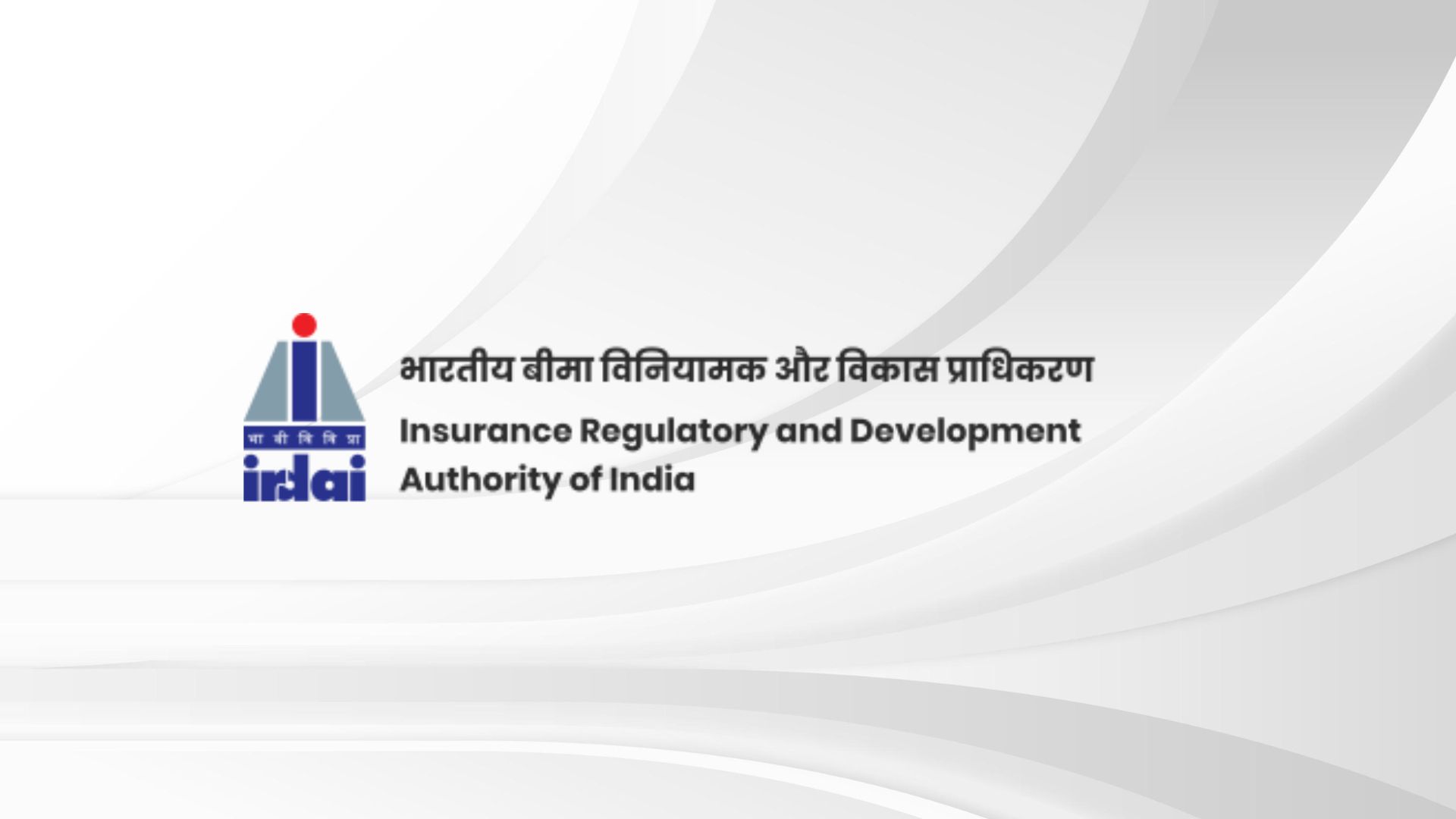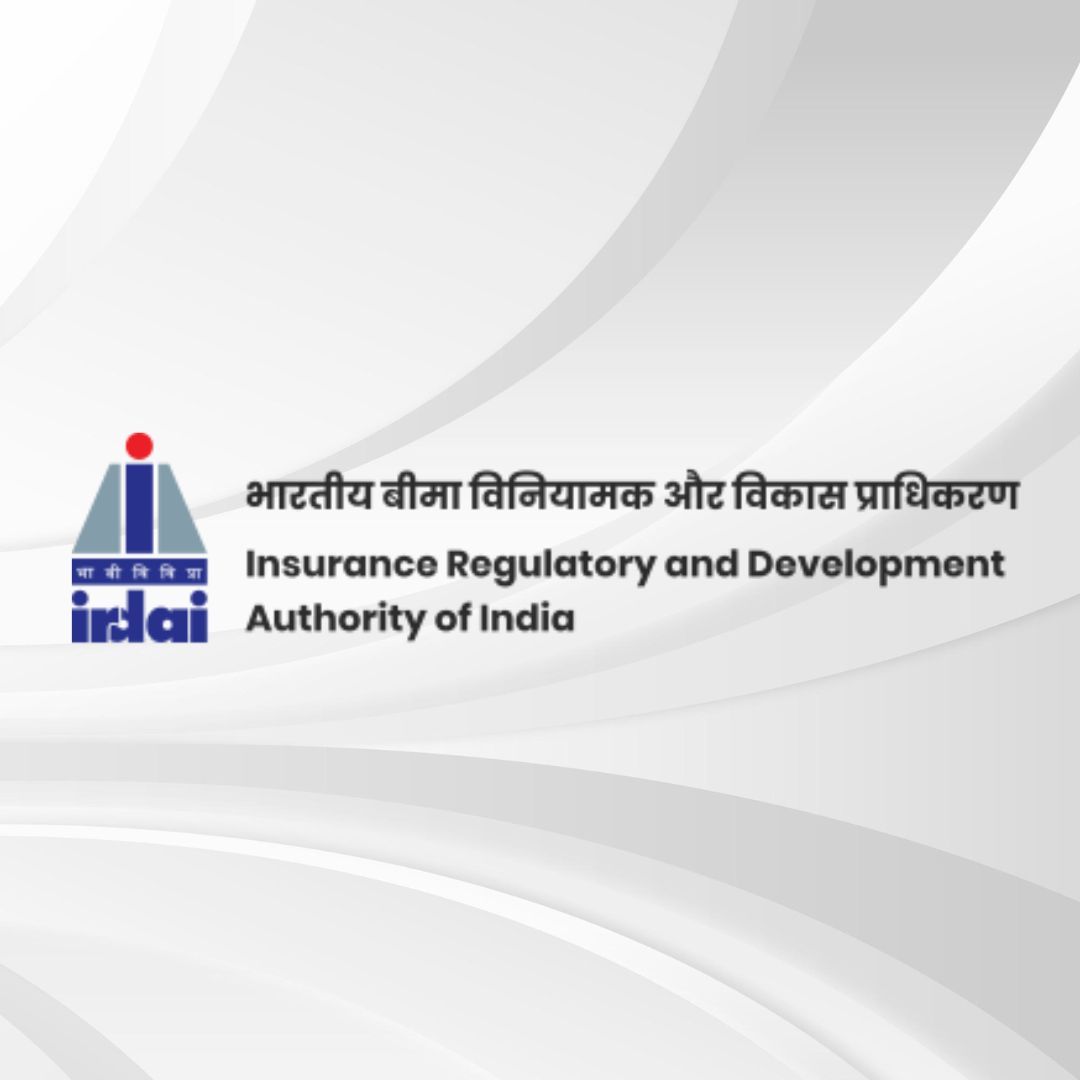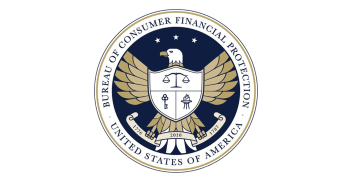
The Insurance Regulatory and Development Authority of India (IRDAI) has introduced a groundbreaking set of guidelines—the Insurance Fraud Monitoring Framework Guidelines, 2024. In a landscape increasingly shaped by digital transactions, these guidelines are aimed at strengthening the insurance sector’s defenses against fraud, building resilience, and maintaining public trust. This framework is not only a response to the growing complexity of insurance fraud but also a proactive step to empower insurers to protect policyholders and preserve financial integrity.
Understanding the Scope and Applicability
The guidelines, applicable to all insurers and their distribution channels, establish a systematic approach to identifying, assessing, and mitigating fraud risks within the insurance sector. The framework applies across various types of fraud, whether it originates internally, through distribution channels, or from external parties. The aim is to institute standards for fraud prevention and detection, enforce strong internal controls, and increase transparency in reporting and investigations.
This initiative falls under IRDAI’s authority per Section 34 of the Insurance Act, 1938, along with related sections of the Insurance Regulatory and Development Authority Act, 1999, and is guided by the Corporate Governance Regulations for Insurers of 2024.
Categories of Insurance Fraud
The IRDAI guidelines identify four main categories of fraud, each requiring specific strategies for mitigation:
1. Internal Fraud: This occurs within the organization, involving staff, management, or board members. Typical examples include fund misappropriation, unauthorized access to sensitive information, or collusion with external fraudulent claimants.
2. Distribution Channel Fraud: This type involves distribution partners and could include misrepresentation of policies, falsification of documents, premium embezzlement, or identity theft. Addressing fraud within distribution channels is crucial, as these intermediaries serve as direct points of contact with customers.
3. Policyholder Fraud and Claims Fraud: This includes activities by policyholders or others involved in acquiring coverage or during claims processes. Such fraud might involve falsifying claim information, concealing relevant details, or presenting false identities.
4. External Fraud: External entities, such as vendors, service providers, or other third parties, can also target insurers. Fraud here could involve creating fake support documents for claims, inflating repair costs, or impersonating customers to access policy benefits fraudulently.
Key Components of the Framework
The Fraud Monitoring Framework includes several pivotal elements that collectively strengthen an insurer’s fraud prevention, detection, and response mechanisms:
1. Fraud Risk Governance Framework
The IRDAI mandates insurers to establish a Fraud Risk Governance Framework overseen by senior management and key board committees, such as the Audit and Risk Management Committees. This ensures accountability at the highest levels. Insurers must create an Anti-Fraud Policy with a zero-tolerance stance, establish early-warning systems for fraud detection, and maintain collaboration with law enforcement agencies to ensure timely legal action against fraudsters.
2. Fraud Monitoring Committee (FMC)
Each insurer is required to form a Fraud Monitoring Committee (FMC) to handle fraud deterrence, detection, investigation, and reporting. The FMC’s primary responsibilities include making recommendations on fraud management, investigating suspicious cases, and ensuring compliance with anti-fraud policies across all operational areas. The FMC must also submit quarterly and annual reports to the board on fraud-related activities, including the financial impact on the organization.
3. Fraud Monitoring Unit (FMU)
An independent Fraud Monitoring Unit (FMU) supports the FMC by performing regular checks, gathering evidence, and collaborating with other departments on investigations. The FMU’s tasks include assessing transactions for signs of fraud, conducting thorough investigations, and working with regulatory bodies and law enforcement as needed.
4. Risk Identification and Mitigation
To effectively counter fraud risks, insurers must conduct annual risk assessments and identify potential vulnerabilities across all business lines. The framework encourages identifying Red Flag Indicators (RFIs) for suspicious activities and setting up advanced technological systems for ongoing fraud detection.
Cybersecurity and New Age Fraud
As digital threats evolve, so do the IRDAI’s guidelines on Cyber Fraud. Insurers must establish robust cybersecurity frameworks to counteract these modern risks, safeguarding customer data, digital transactions, and the organization’s reputation. The guidelines advocate for a dedicated team specializing in cyber risk management, ensuring that insurers are prepared to counter these new-age threats proactively.
The Role of the Insurance Information Bureau (IIB)
The Insurance Information Bureau (IIB) plays a critical role by providing an industry-wide platform for data analytics, enabling insurers to detect patterns and prevent fraudulent activities more effectively. The IIB’s database allows for information-sharing on suspicious activities and can help insurers pinpoint fraudsters across the industry through a shared identification system.
Training and Awareness
A key aspect of the IRDAI’s approach is building awareness and capacity within the insurance ecosystem. Insurers are required to conduct regular fraud-awareness programs, not just for employees but also for customers, to educate them about fraud risks and preventive measures. Additionally, insurers must provide targeted training for board members, management, and frontline staff, ensuring that all stakeholders are equipped to recognize and respond to potential fraud.
Looking Forward: A Stronger, More Transparent Insurance Sector
IRDAI’s Insurance Fraud Monitoring Framework represents a landmark effort to fortify India’s insurance sector. By aligning regulatory oversight, fraud management, and technological advancements, IRDAI aims to instill a culture of integrity and transparency. These measures will contribute to preserving public trust and fostering a stable financial environment for policyholders, insurers, and stakeholders alike.
This proactive framework is not only a response to the immediate challenges posed by insurance fraud but also a roadmap for the sector’s long-term resilience. As insurers align with these guidelines, the industry is set to see improved fraud detection, better customer confidence, and a more robust regulatory ecosystem that serves to protect all involved.
Similar News:
UK Government Proposes New Rules for Buy Now, Pay Later (BNPL) Products




